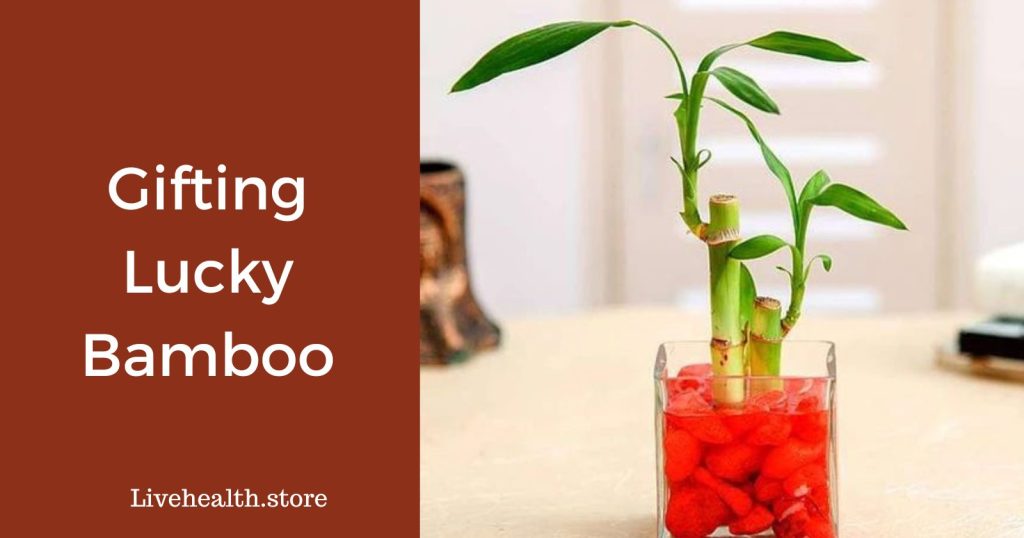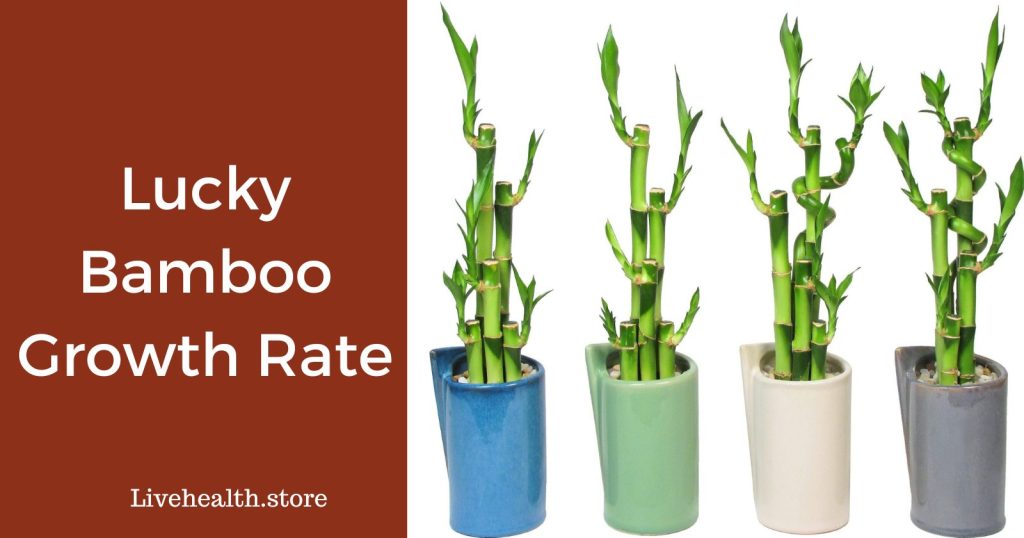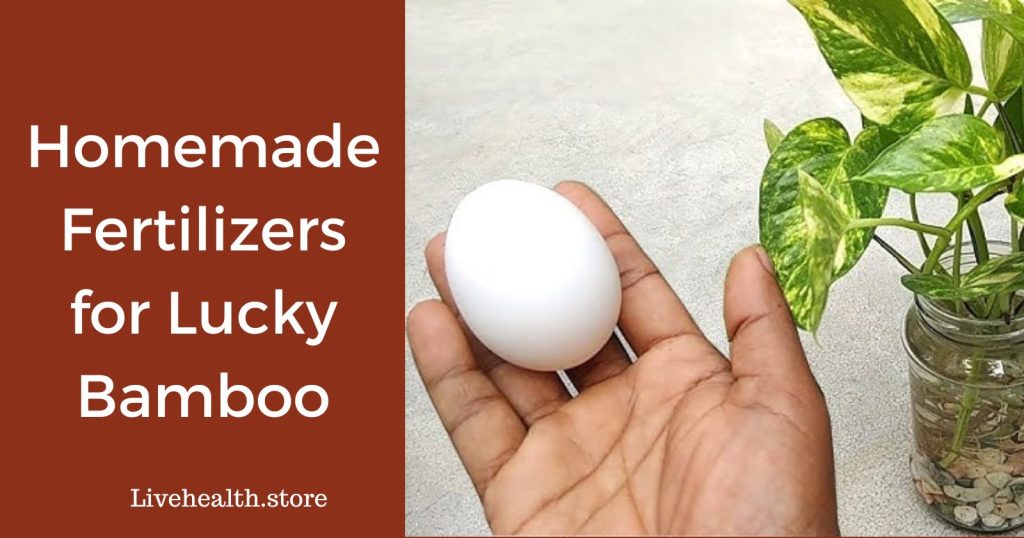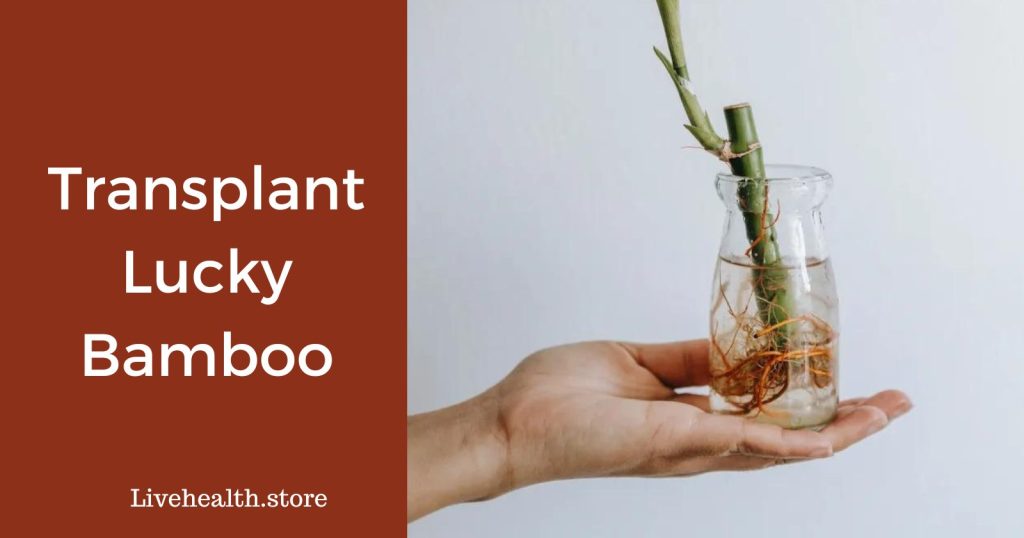Cultivating Lucky Bamboo in Soil: A Feasibility Guide
Lucky bamboo, found in countless homes and offices, symbolizes luck and prosperity.
Often gifted as a beacon of positive vibes, this plant is not only aesthetically pleasing but also easy to care for.
Although it is popularly grown in water, it flourishes equally well in soil.
Read this guide to understand how to plant and grow your lucky bamboo in soil.
| Feature | Details |
|---|---|
| Soil Type | Slightly Acidic |
| Soil pH | 6.0 - 6.5 |
| Mix Components | Loam, Sand, Pine Bark, Perlite |
| Pot Choice | Draining Holes |
| Water Type | Chlorine-free |
| Water Frequency | Weekly |
| Sunlight | Indirect |
| Fertilizer | Organic (Sparingly) |
Lucky bamboo is an adaptable and symbolic houseplant that thrives in slightly acidic soil with specific care needs. Optimal growth requires indirect sunlight, chlorine-free water, and occasional organic fertilization. Choosing the right pot and soil mix is essential for its health and vitality.
Understanding the Lucky Bamboo Plant
First things first: let me clear up a common misconception.
Despite its name, lucky bamboo isn't really bamboo. It goes by the botanical name of Dracaena sanderiana. It doesn’t belong to the bamboo family and lacks a deep root system. But that doesn’t take away its appeal. This plant adds a tropical aura to any indoor setting.
Choosing the Perfect Soil
The soil plays a pivotal role in the health and growth of the lucky bamboo. It needs to be well-draining yet capable of holding moisture.
An ideal pH level for lucky bamboo is slightly acidic, ranging from 6.0 to 6.5. A blend of cactus soil mix and peat moss can provide the required moisture retention.
Just as distilled water is preferred over tap water for those growing bamboo in water, the soil's quality is equally crucial. Soil acts as the primary source of nutrients, oxygen, and moisture for the roots. The health of your lucky bamboo depends largely on:
- Nutrients like calcium, nitrogen, and minerals are derived from the soil.
- Air pockets between soil particles that offer essential oxygen to the roots.
- Moisture retention capabilities of the soil
Additionally, the soil shields the roots from extreme temperature fluctuations.
Components of the Ideal Soil
Soil's foundation lies in a combination of organic matter and mineral particles. Each soil type, whether sand, clay, or silt, has its strengths and drawbacks concerning moisture retention, nutrient holding, and air supply. However, a balanced blend called "loamy soil" is most suitable for lucky bamboo.
Some primary ingredients in a good potting mix are:
- Coco coir: A derivative of coconut husk, aids in aeration.
- Compost: Supplies essential nutrients to the roots.
- Pumice and perlite: Offer drainage, aeration, and moisture retention.
- Pine bark fines: Help increase soil acidity and moisture retention.
- Sphagnum peat moss: Enhances the soil's acidic level.
- Vermiculite: Enhances water and nutrient retention.
How to Create the Soil Mix for Lucky Bamboo?
To create an ideal blend for lucky bamboo:
- Take two parts of loam or peat moss.
- Mix in one part sand.
- Add one part each of pine bark fines and perlite.
Ensure the mixture feels moist but not heavy. If drainage seems poor, you can always incorporate some sand.
Pot Selection
Picking the right pot is essential. It should have adequate drainage holes to prevent water retention, which can harm the roots. To further aid drainage, a layer of gravel can be placed at the bottom.
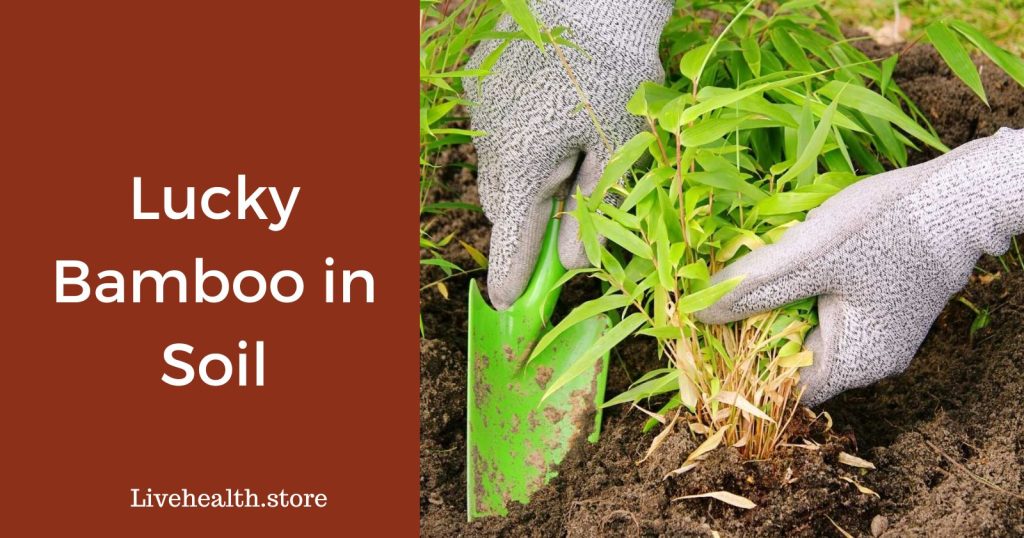
Watering Essentials
Avoid tap water directly, as chemicals like chlorine can be harmful. If tap water is your only option, let it stand for 24 hours for the chemicals to evaporate. Ensure the soil is consistently moist, but not soggy.
Sunlight Requirements
Lucky bamboo thrives in indirect sunlight. Excessive direct light can scorch its leaves. So, if you notice your plant stretching towards the light, consider adjusting its position.
Fertilizer: Use With Caution
While fertilizing can be beneficial, overdoing it may harm the plant. If you opt to fertilize, use an organic variant specifically for lucky bamboo and apply sparingly.
Transferring from Water to Soil
For those shifting their lucky bamboo from water to soil:
- Prepare a pot with the soil mix mentioned earlier.
- Extract the plant from water, letting the roots air-dry for a short period.
- Examine the roots, cutting away any damaged parts.
- Plant in the soil, mimicking its water arrangement.
- Keep the soil moist initially and cut back on watering once settled.
Hi there, I’m Sam Billings, and I’m all about sustainability. Running a printing business is my thing, but my real passion is preserving nature. That’s why I run the Live Health blog, where I focus on Bamboo plants and their eco-friendly goodness.

